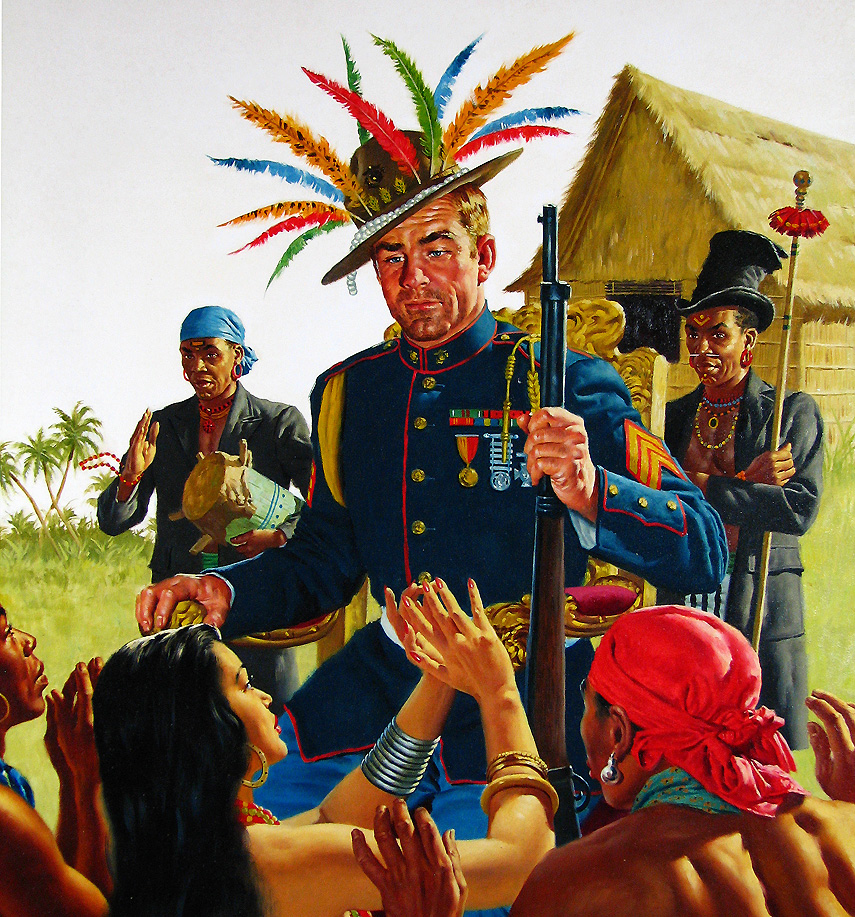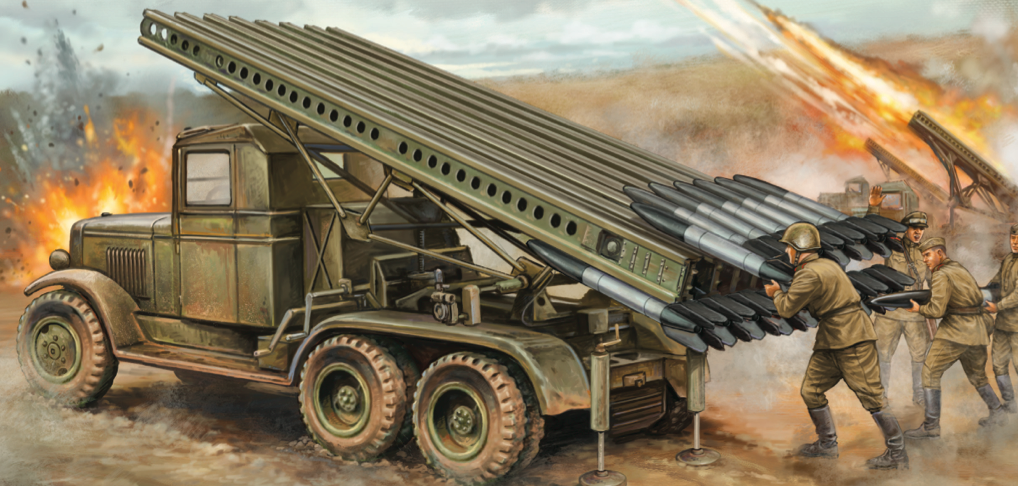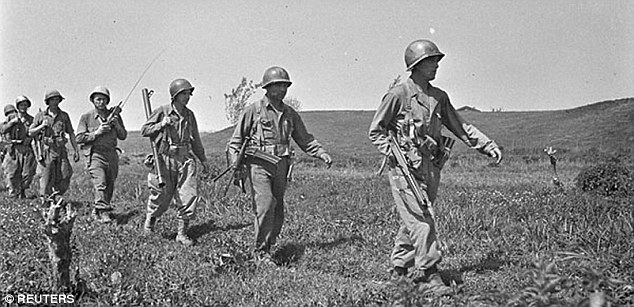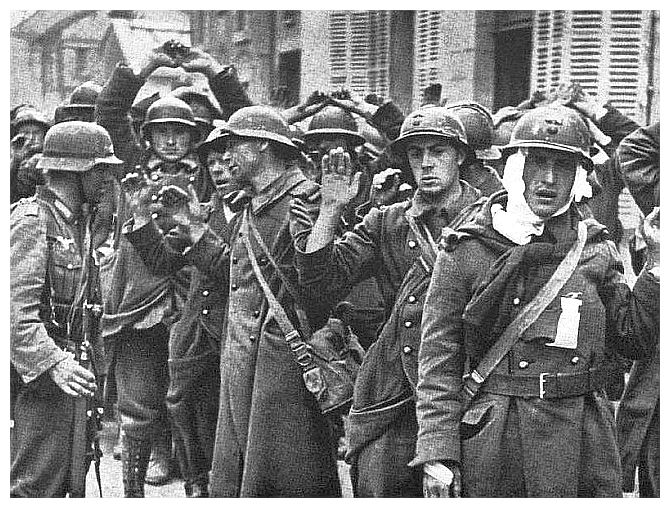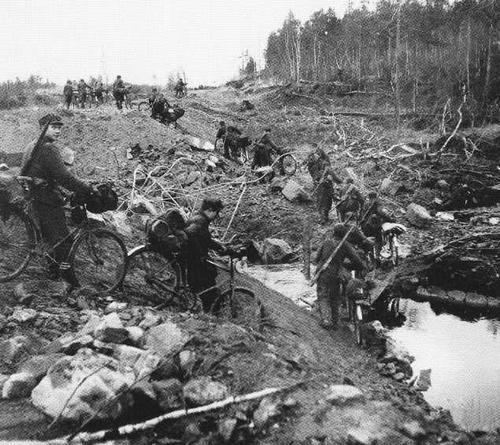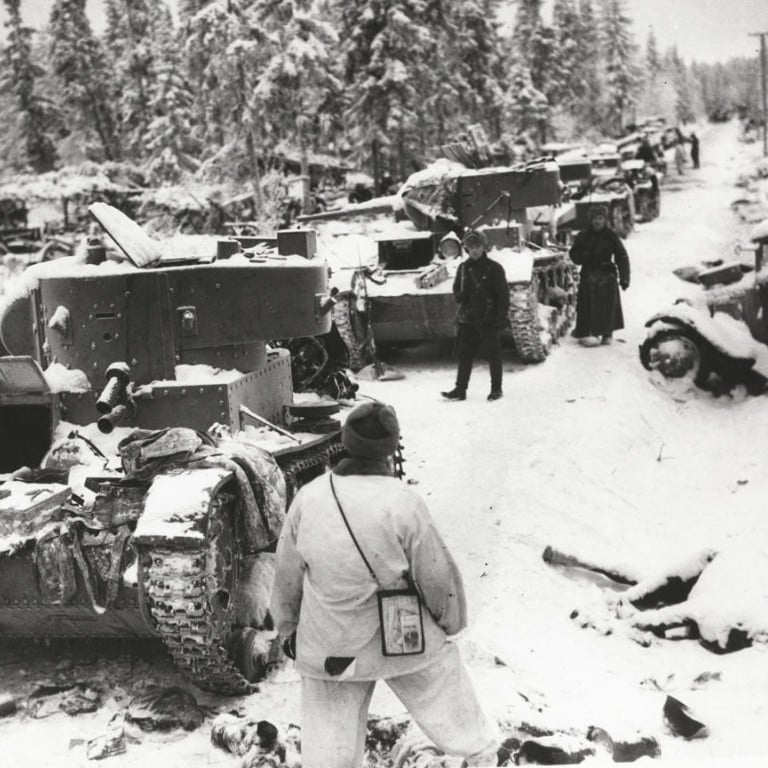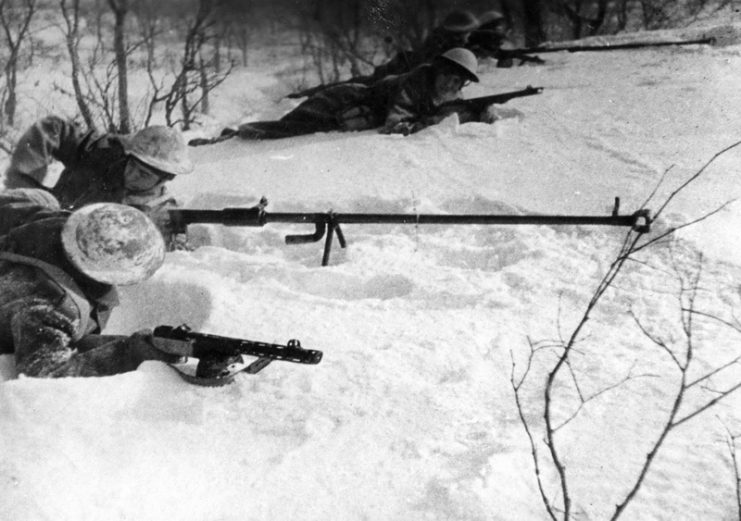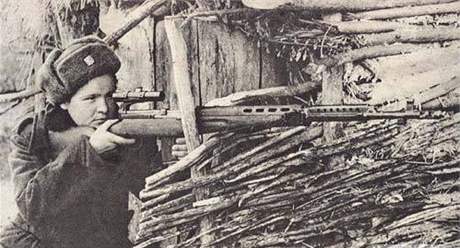Homemade and Improvised Weapons of the 3rd Mormon Uprising
There were three Mormon uprisings or revolts in Utah, the first during the Second Mexican-American War, 2nd during the First Great War and a final one during the Second Great War.
In all three clashes the Mormons were always in bad need procuring firearms and heavy weapons and went thru various means to obtain them, in most cases weapons were smuggled in Moron territory by the CSA, Great Britain, Russia, various Native American tribes and to a lesser extant Mexico and France.
Throughout all the uprising the Mormons also attempted to produce their own weapons this was of course very difficult because of the strong presence of US troops who always on the look out for such endeavors. The persisted in their attempts to produce weapons just as they had persisted in challenging the US.
Most homemade weapons made by the Mormons were very crude and some just downright dangerous to their own users but during the Second Great War the Mormons were able to produce some decent and more importantly reliable firearms.
One very innovate firearms make was John Browning who showed a true talent for the art of gun making, some of his guns were original designs and some were very good copies of mass produced firearms.
Below are some examples of captured homemade Mormon firearms.
No.1 is a Browning original handgun design, No.2 is believed to also be a Browning design and No.8 is a Browning copy of the Thompson sub-machine gun*.
None of these weapons were made in large enough numbers to have a lasting affect on the tide of battle.
View attachment 560088
* An OTL Viet-Cong improvised Thompson made using parts from an M1 Carbine.
Despite my reservations as to the exaggerated behavior of the Mormon rebellions, I think it is plausible that Browning would have made weapons that were custom made for Mormons and not given it to the U.S.A. This means that the arsenal of U.S. guns in TL-191 during both Great Wars would have looked even more different.





